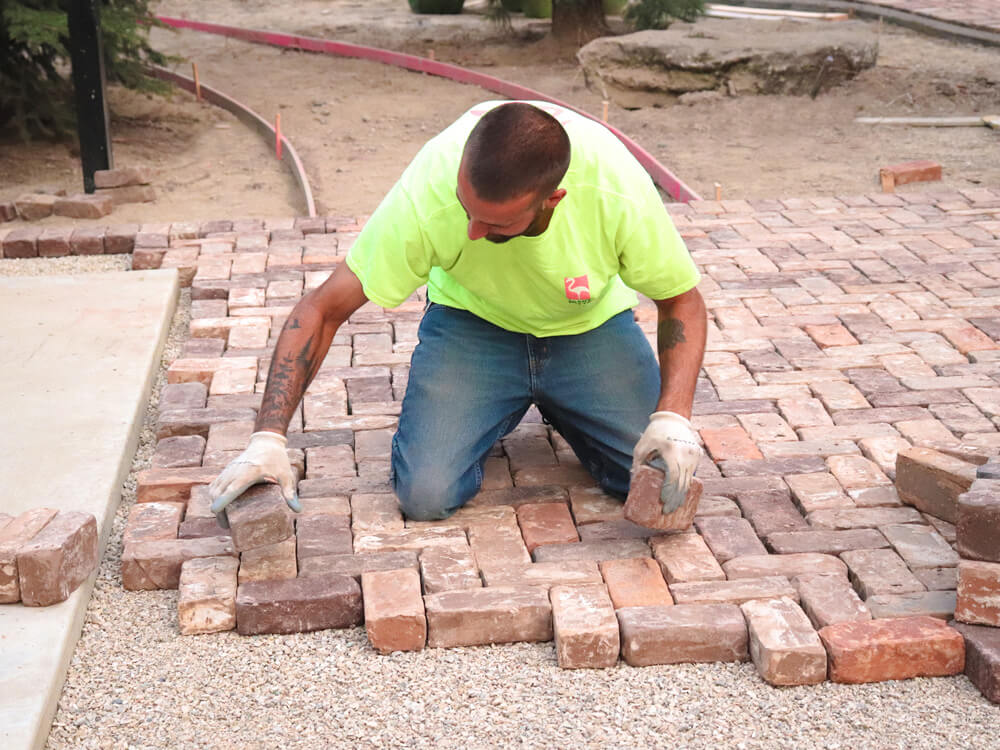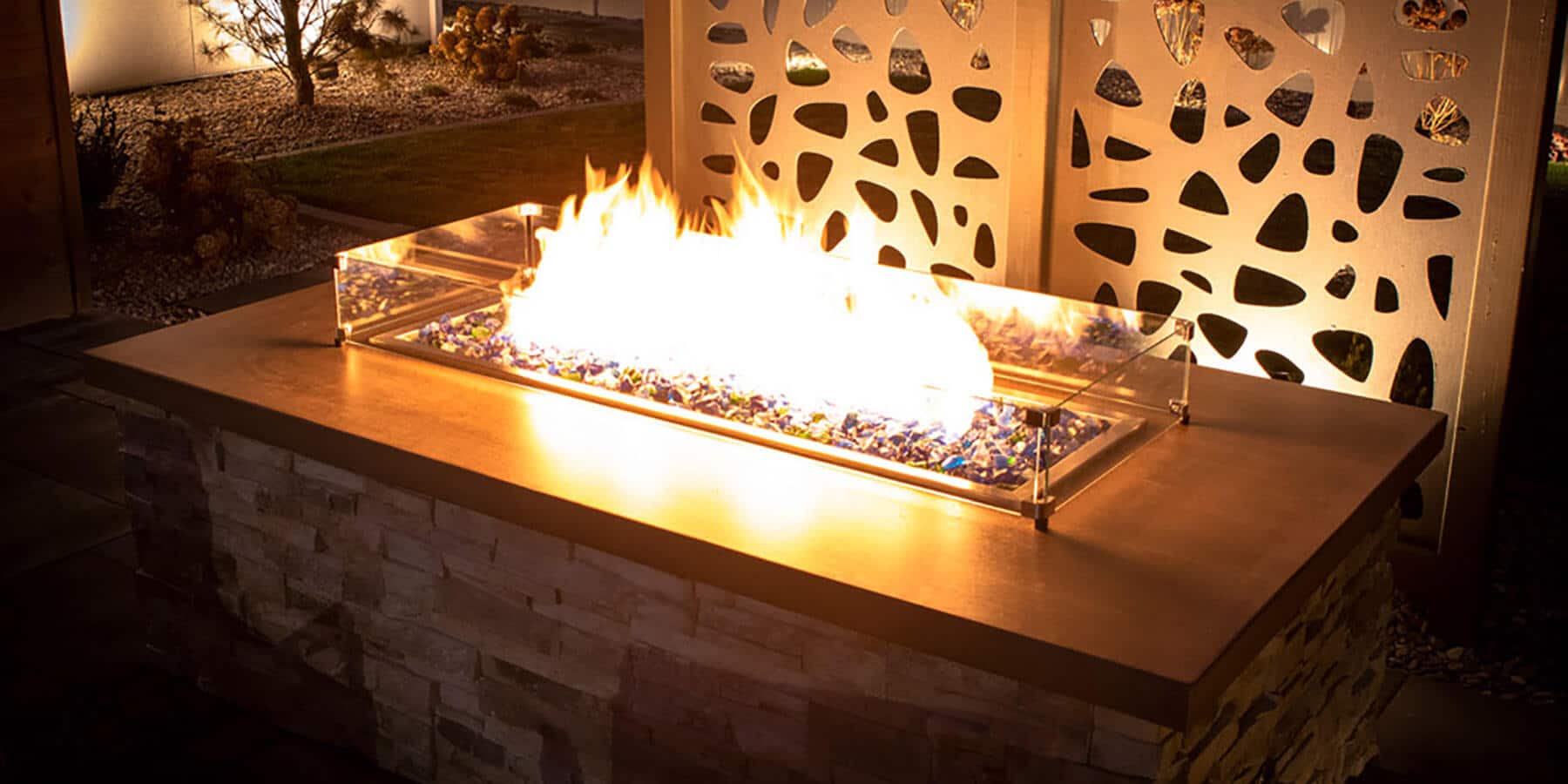It was such a pleasure sitting down and chatting with Crystal Davidson about soil. Soil is an imperative component in the overall health of our lawns, gardens, and ecosystem at large. Crystal is the Soil Health and Education Outreach Coordinator for the Ada Soil and Water Conservation District, and she had a wealth of information to share.
If you’re curious about the living and functioning underground world of microbes and how they impact the overall health of your lawn, landscape, garden, and ecosystem, then look no further.
With that said, let’s dig in…
Riley: It is such a pleasure to have you here and I’m so excited for this interview. First, I’m going to let you introduce yourself. Who are you, and what exactly is it that you do?
Crystal: I’m Crystal Davidson and I am the Soil Health Education and Outreach Coordinator for the Ada Soil and Water Conservation District. My job is to educate the community about the importance of soil health and water conservation, including strategies that you can use at home and practices to change that is better for the soil and better for the water. I also do a lot of school visits to share this information with kids and classrooms.
Riley: What drew you to this profession in the first place?
Crystal: I had been teaching secondary science for about 10 years. With the pandemic and changes in education, I wanted to get out of the classroom and do something different but still related to education. It’s funny because as a science teacher, I discovered how much I enjoy learning about and teaching others about conservation and its importance. This was an opportunity for me to do that and continue my learning.
Riley: You said you taught secondary science, how did that drive you towards soil and conservation and why is soil so intriguing to you?
Crystal: My bachelor’s degree is in biology with an emphasis in microbiology. Before becoming a teacher, I worked for 12 years as a microbiologist. As an undergraduate student, I thought microbes were the coolest thing; they’re so interesting! These little, tiny, microscopic things that you can’t see can do some pretty incredible things—in our bodies and the environment—and that always just fascinated me.
There’s not a lot of microbiology opportunities where we live, and being a mom, I decided I enjoy teaching and working with kids, so I transitioned to education and taught a lot of different things. I taught biology, earth science, and physical science to middle school and high schoolers. Learning about the soil and the role that microorganisms play in forming soil, creating the structure of the soil, and promoting the health of soil got me excited and fascinated with it. I had never really studied those kinds of microbes or connected microorganisms to soil structure and health.
Riley: With all of that, would you consider soil living?
Crystal: Yes, absolutely. There’s so much life in the soil that you have to treat it like it’s alive.
Riley: How would you explain the difference between soil and dirt to someone?
Crystal: I talk about this all the time, especially with kids because when you ask them, “Tell me what you know about soil,” the word that they use is dirt.
Soil and dirt are not the same things. Dirt is just the mineral component of soil. When you talk about dirt and use that word, you’re thinking about those elements of soil in places that you don’t want it. You know, like under your fingernails or on your shoes.
Soil is composed of a lot of other things aside from the clay, sand, and silt element. It’s also all the life—like the microbes—and it’s all the space. The majority of soil is pore space for water infiltration and air to get underground to support the life that is in the soil.
Riley: How has your attitude about soil health and conservation changed over time?
Crystal: Before becoming the Soil Health Educator for the District, it wasn’t something that I thought much about, and I think that’s probably true for most people. You don’t think soil is healthy or unhealthy because most people don’t think it’s living.
In taking on this position, I spent a lot of time learning on my own. As a teacher in secondary science, kids today are concerned about the climate, and they’re concerned about the world that they live in. There’s a lot of doom and gloom information out there like there’s nothing we can do, or what we can do are make these huge changes that, for a lot of people, don’t seem reasonable. Like, change to an electric vehicle or change your energy use to solar panels. These aren’t always realistic requests for every person on the planet.
But soil is connected to so many things like the ecosystem services we rely on and water storage and water quality. Soil is also a huge carbon sink. In my own education and learning, it was hopeful for me.
I thought, if I could just increase the amount of organic matter in my soil, that’s adding a significant amount of carbon to the soil that’s being pulled out of the atmosphere through photosynthesis in those plants that I’m putting in the ground, then sugar molecules make it into the soil. That can make a difference to climate change and other things that we see happening like droughts in the Valley and soil loss. These are all related to how we care for and manage our soil.
That shifted my thinking about soil, and it is such a huge tool to change our environment and the systems that we live in. There are things that every individual can do as far as their home landscapes go that can make a small difference, and that is hopeful.
Riley: With that hopeful perspective, what would you like to see for the future?
Crystal: I would like to see a shift in our thinking about our home landscapes and transition to something that is not just sustainable, but regenerative. I hope we shift from monoculture grass lawns and think more about how a space can be more productive as a small ecosystem, and ask, “How can I increase biodiversity above ground to encourage biodiversity below the ground?”
That biodiversity above ground helps promote insect habitats and other wildlife habitats. We can use those spaces to take control of our food production and understand where that food comes from. It’s important to think differently about the landscapes around our home.
Find the rest of this interview in A Deep Dig into Soil: An Interview with Crystal Davidson Part 2
By Riley Rehberg


